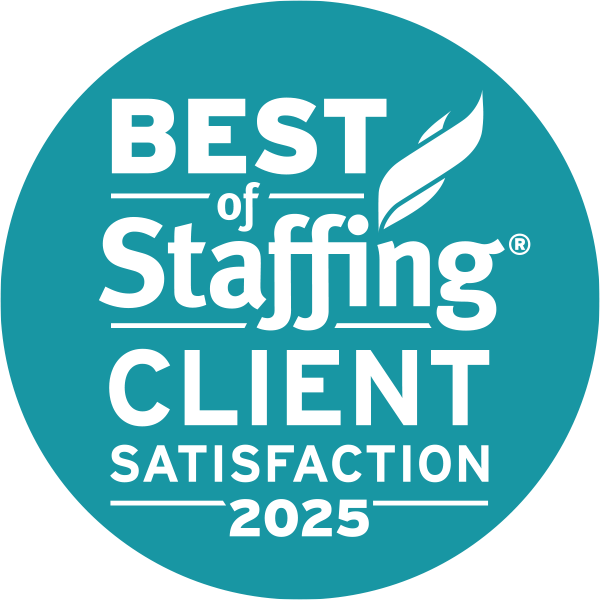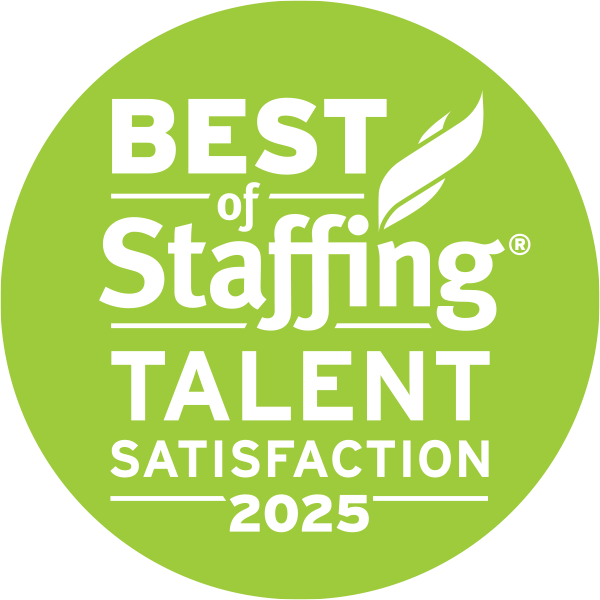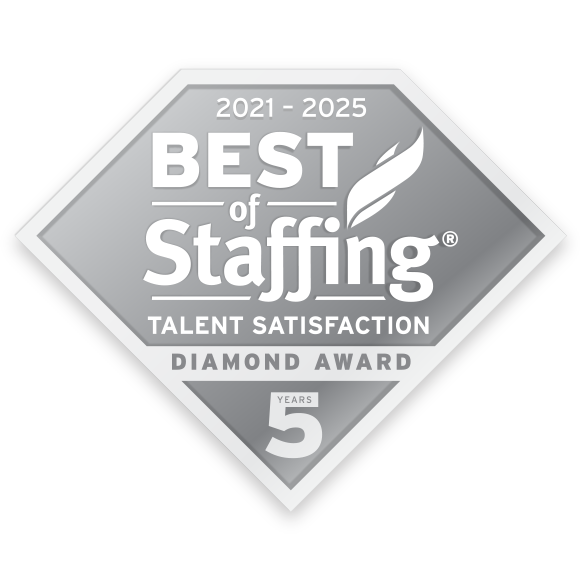By Natalie Jones DNP, RN, NEA-BC, NPD-BC
Senior Vice President of Clinical Practice and Innovation, Prolink
Retention remains top of mind for many healthcare executives as it relates to combating the overall workforce shortage and challenges. It remains a very complex problem to solve. In the workforce solutions space, Prolink remains vigilant to support our clients in supporting their retention efforts and partners with clients to address workforce challenges that remain in the post-Covid era. While nursing turnover rates have decreased since the height of the Covid-19 pandemic, they are still markedly higher than they were in 2019, leaving health systems in need of strategies to find and keep the best talent.
Causes and effects of high turnover in nursing
The pandemic's impact on the current nursing shortage cannot be overstated, in those at the bedside. We combated issues that impacted the workforce and caused early retirements and brain drain. The dynamics of Covid-19 placed inexperienced clinicians directly into the most stressful circumstances possible, and while the pandemic's peak is years behind us now, its effects still linger in the form of understaffing, increased workload, and a weakened support system for new nurses. On the administrative side of things, turnover can have a destructive effect on the bottom line. In 2023, Becker's estimated each bedside RN resignation costs hospitals $40,200–64,500 on average, adding up to millions per year.
Turnover can create a vicious cycle impacting the health of the workforce and environment with some detrimental outcomes. Nurses who choose to stay and absorb the workload from those who leave, burnout sets in, and more nurses quit. While it is important to have a clear picture of the factors at play to develop effective solutions, there is hope in this ever-changing dynamic. While we can't expect to solve the healthcare staffing crisis overnight, at Prolink, we're leading key initiatives and programs to help our clients make the climb back to workforce sustainability.
How we’re taking action
Clinician advocacy
As the leader of the Prolink Clinical Team, I ensure that nurses have a voice within Prolink when it comes to our priorities and decision making. Our Talent Experience division addresses concerns and promotes retention using data, clinician feedback, and professional development programs provided by our Professional Practice division—more on those later! We take everything our nurses tell us into account and use it to determine where our resources can make the biggest impact. A few of the biggest concerns that heavily impact our work are:
- Real-time Feedback and Coaching. Providing real-time, non-judgmental, coaching feedback to support our clinicians has been a proven strategy to support retention for our team.
- Culture of Recognition. Meaningful recognition can help to promote a healthy workplace environment and drive retention. Showing appreciation via awards, incentives, and positive affirmation can go a long way towards retaining top talent.
- Communication. Hospitals are complex environments, which makes the ever-present need for good workplace communication even stronger. With four generations of nurses (Baby Boomers, Gen X, Millennials, and Gen Z) now working together, the ability to connect and collaborate well is crucial.
Allowing our nurses to voice their concerns and feel heard is our number one priority. As someone who’s seen both sides of the fence as a clinician and a system leader, I believe open, honest dialogue is the first step towards developing solutions that make sense for everyone. It’s our mission as a Clinical Team to open doors to communication and ensure two-way feedback between our clients and clinicians.
Professional development
When we talk about supporting nurses, we don’t only mean what we’re doing for them today. We also give them the tools they need for bigger roles, more responsibility, and in turn, career advancement. When nurses see that their organization and support system want them to succeed, they’re less likely to leave their position. This rings true in every industry, not just healthcare. In a 2021 Pew Research survey, 63% of those leaving their jobs cited a lack of advancement opportunities.
With professional development workshops and classes, like Charge Nurse Essentials, we’re not only providing our nurses with the skills they need to grow in their career, but investing in the quality-of-care hospitals are able to provide. To excel in leadership, nurses must have preparation to accompany their experience. The charge nurse plays a critical role on every unit and can aid in driving an encouraging culture and helping cultivate a stronger, more invested workforce during their shift.
Preceptor initiatives
As we continue our efforts to strengthen the nursing pipeline, a healthy influx of nursing students with the proper skills and experience is crucial. That’s why we’re dedicated to strengthening and administering better preceptor programs with our clients. Nurse preceptors essentially serve as mentors to nursing students during clinical rotations. In short, a preceptor may be the first mentor or point of contact a student has in a real hospital setting.
We use travel nurses as preceptors in order to develop a more well-rounded clinical experience with a variety of perspectives. We also train our preceptors to better understand and manage the unique challenges nursing students face in their first real-world care experiences. Intentionality in selecting preceptors is key, and we don’t take those decisions lightly. A good preceptor can be the difference between another quality nurse in the talent pool and one that leaves the profession altogether.
A preceptor is, above all, a mentor to a brand-new nurse still learning the ropes. Our clients have been successful in implementing this program to strengthen the pipeline, drive down contingent labor, and bring new faces into the field.
Looking ahead
Although turnover rates in healthcare are seemingly regressing to 2019 levels, we must continue as an industry to find workable solutions to keep the talent pipeline full and retain new nurses for the long haul. Nearly 18% of nurses leave the profession within the first year, according to the ANA. As long as that trend holds true, we need to keep pushing to better support the front line of care.
At Prolink, our efforts to strengthen our clinician experience and provide quality resources are far from over. We’re always looking for new ways to examine feedback and take action. Our goal is to provide a world-class experience for our nurses and bolster the standard of care at our clients’ facilities while saving them money and time by raising retention rates.
Want to know more? Click below to reach out and talk workforce solutions with us.









